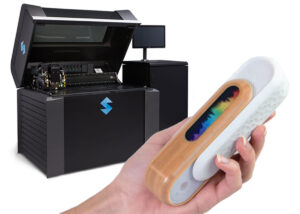The Transformative Capabilities of 3D Printing in Robotics
The field of robotics is experiencing rapid growth and innovation, with robots becoming increasingly integrated into various aspects of our lives. One technology that is significantly contributing to this advancement is 3D printing, also known as additive manufacturing. This page delves into the remarkable capabilities of 3D printing in the realm of robotics, highlighting how it is reshaping the design, fabrication, and functionality of robots across diverse industries.
Case Studies
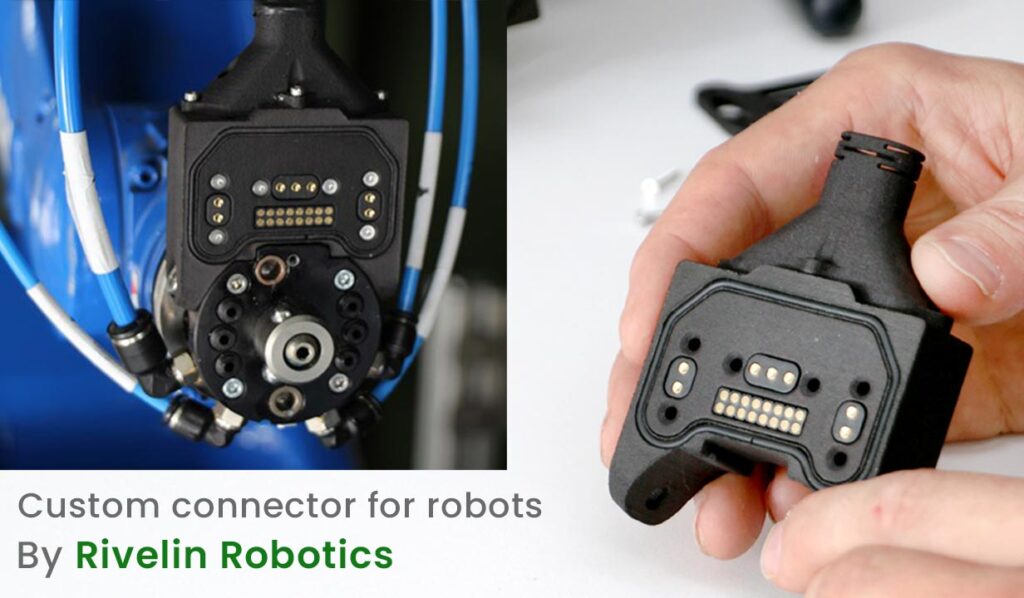
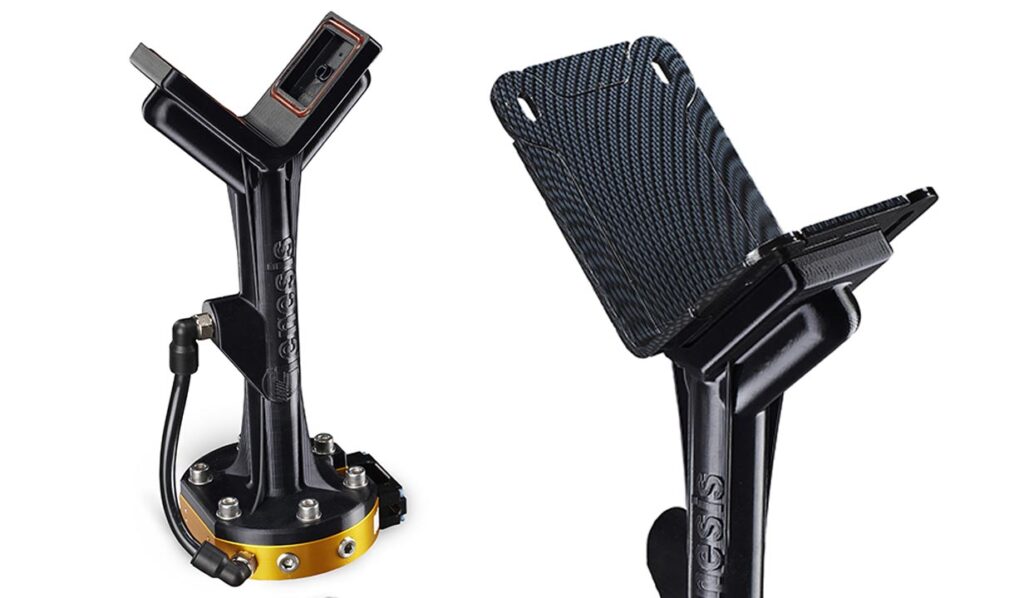
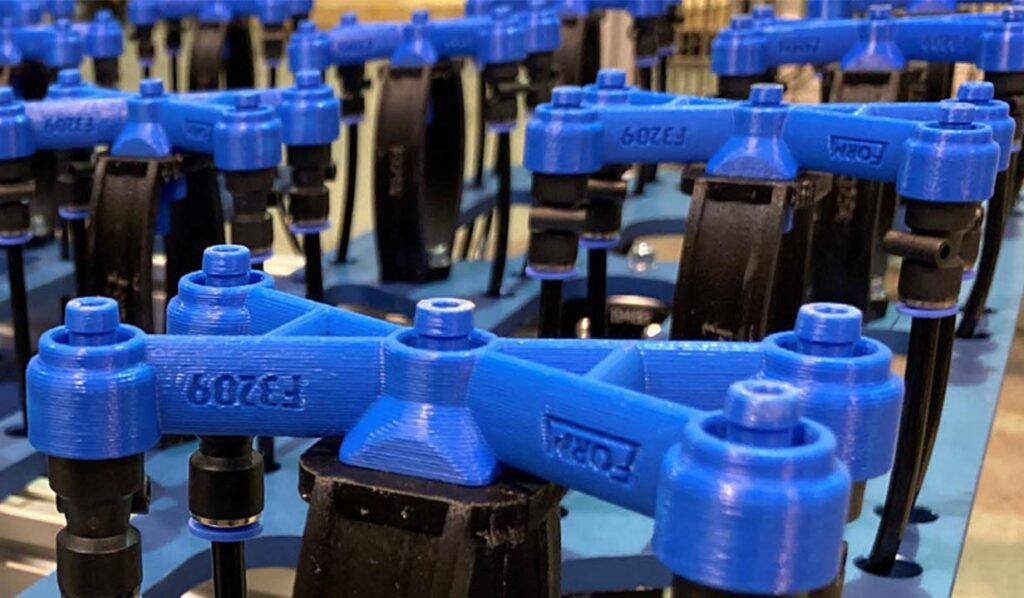
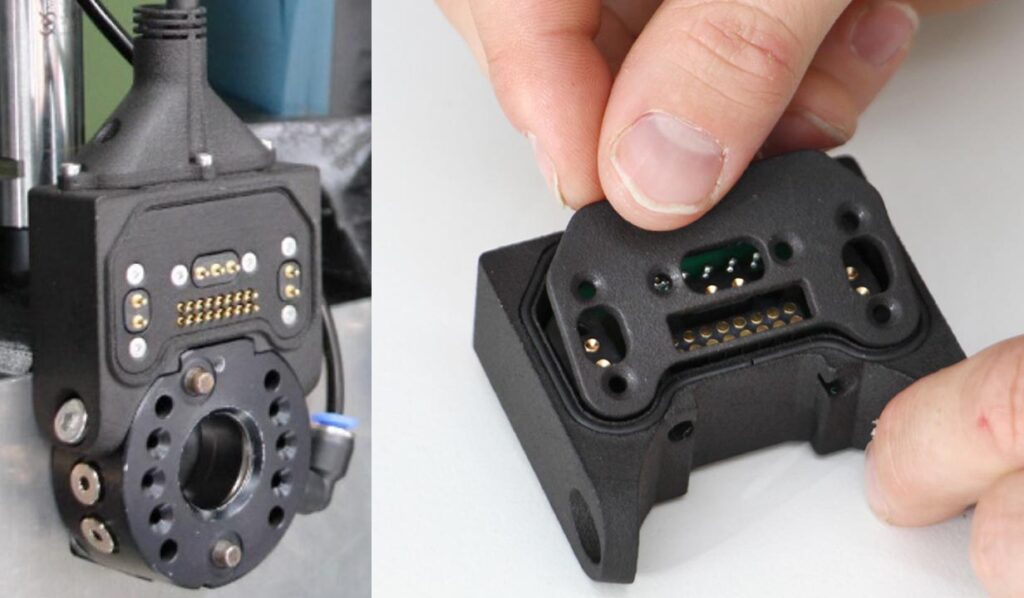
Customization and Rapid Prototyping:
3D printing enables unparalleled customization in robot design. Engineers and researchers can easily create bespoke robotic components tailored to specific tasks or environments. This level of customization not only enhances a robot’s performance but also reduces the time and cost associated with prototyping and development. Rapid iterations of robot designs are now feasible, speeding up the innovation cycle in robotics.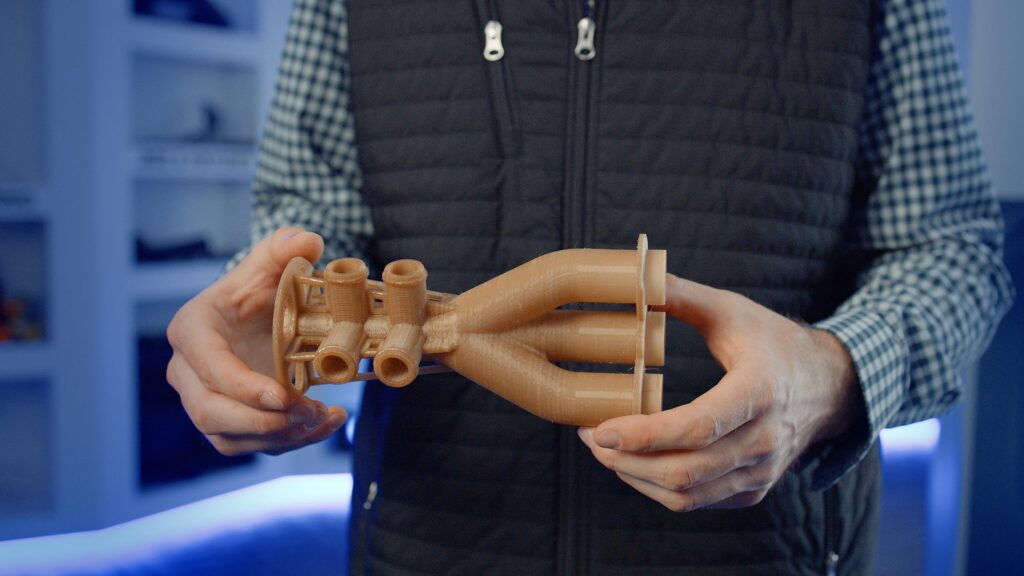
Complex Geometries and Lightweight Structures:
One of 3D printing’s most significant advantages is its ability to produce complex, intricate geometries that are challenging or impossible to achieve using traditional manufacturing methods. Robots can benefit from this capability by incorporating lightweight yet strong components. Lightweight structures reduce the overall weight of the robot, leading to energy savings, increased agility, and improved performance.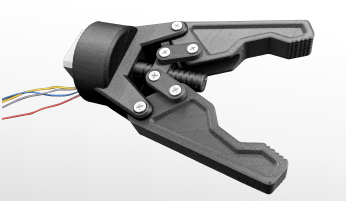
Custom End Effectors and Grippers:
End effectors and grippers are critical components in robotics, as they determine a robot’s ability to interact with its environment. 3D printing allows for the rapid prototyping and production of customized end effectors and grippers. These can be designed with specific shapes, materials, and functionalities to suit a wide range of tasks, from delicate assembly to heavy lifting.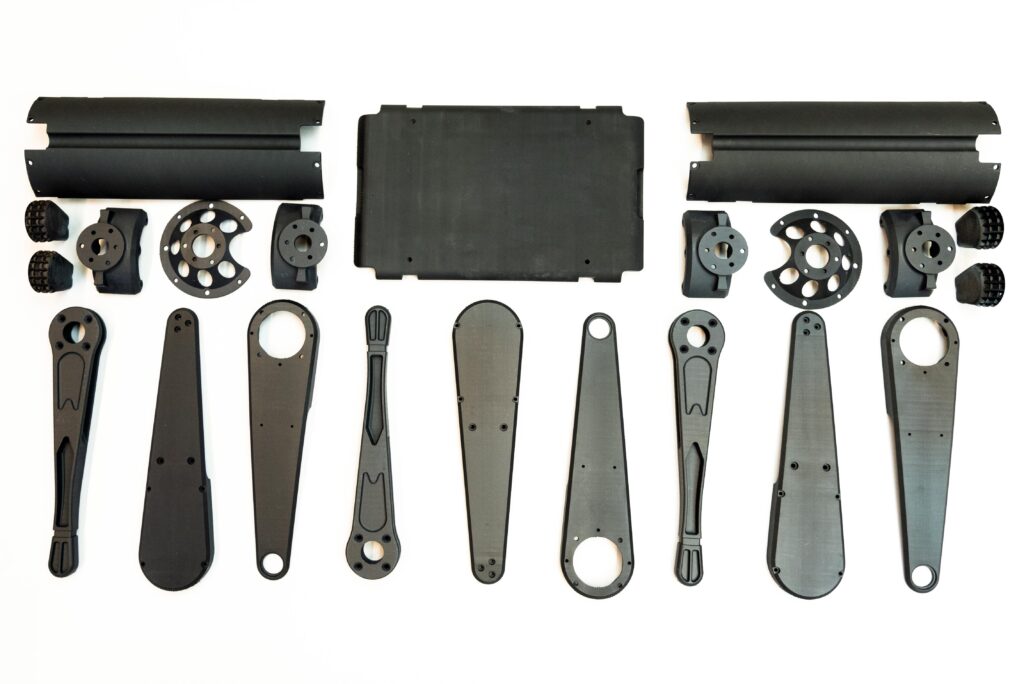
3D Printed Robot Parts and Arms:
The versatility of 3D printing extends to creating entire robot parts and components. Robotic arms, wheels, chassis, and other essential elements can be 3D printed with precision and tailored to the specific needs of a robot project. This capability not only streamlines production but also allows for the creation of unique, application-specific robot designs.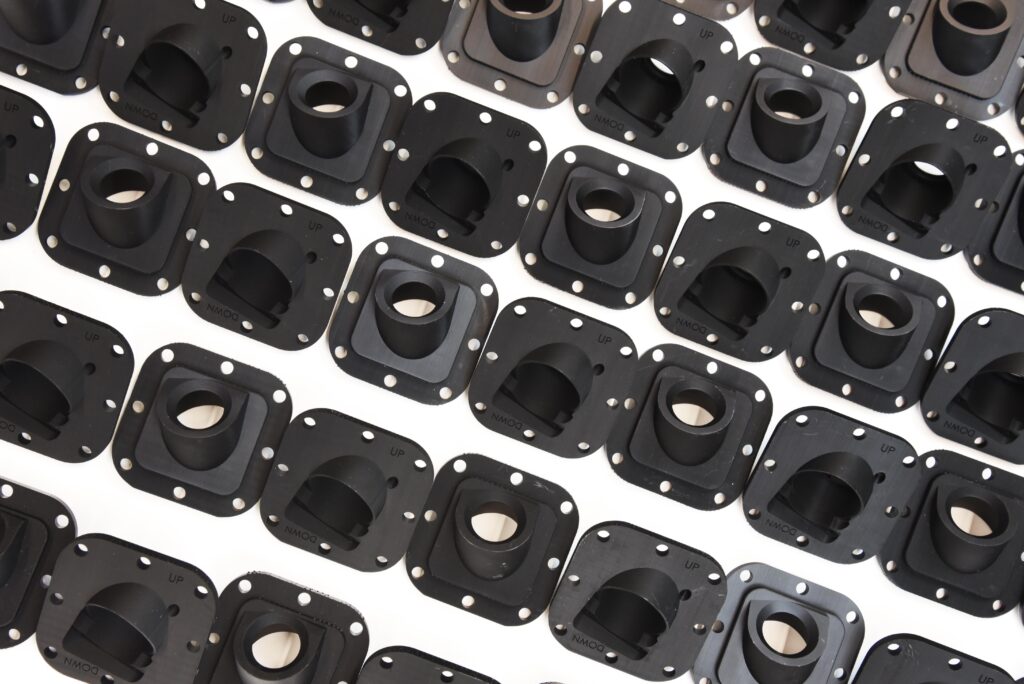
Spare Parts and Maintenance:
The maintenance of robots is a crucial aspect of their operational efficiency. 3D printing simplifies this process by enabling the on-demand production of spare parts. Rather than relying on costly and time-consuming supply chains, robot operators can rapidly produce 3D printed robotics components, reducing downtime and increasing the longevity of robotic systems
Education and Research:
3D printing plays a vital role in robotics education and research. It allows students, researchers, and hobbyists to fabricate robot components and experiment with various designs. This accessibility fosters innovation and knowledge-sharing within the robotics community, ultimately driving advancements in the field.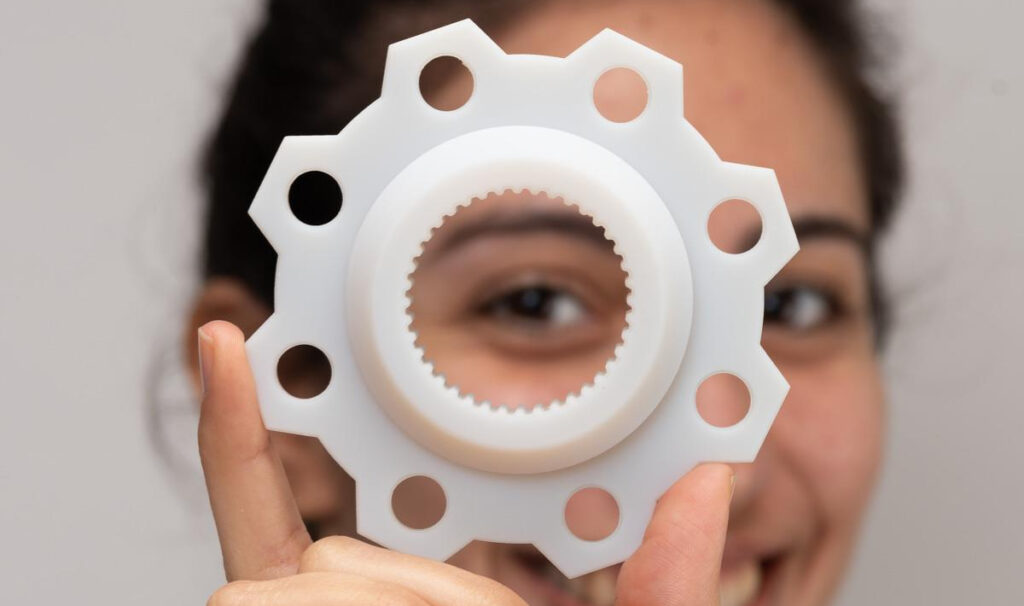
Prototyping for Startups and Innovators:
Startups and innovators in the robotics industry benefit from 3D printing’s affordability and accessibility. It provides a cost-effective means of prototyping and testing new robot concepts. Entrepreneurs can iterate their designs quickly, attracting investors and accelerating the development of novel robotic solutions.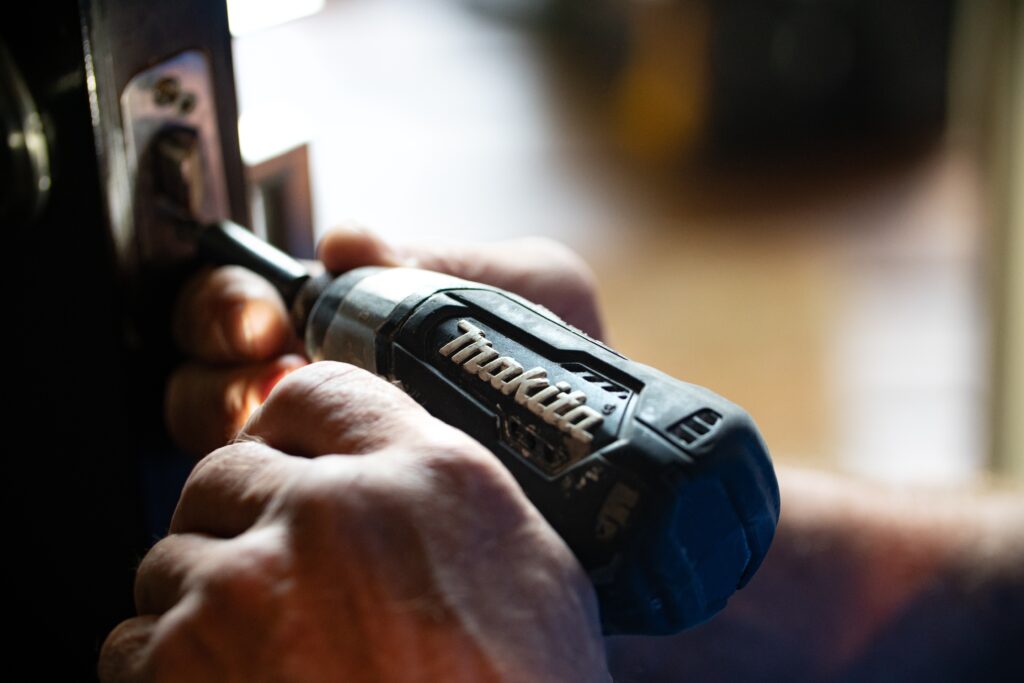
On-site and In-field Repairs:
Robots deployed in remote or challenging environments often encounter wear and tear. 3D printing can be used for on-site and in-field repairs, reducing the need for extensive logistical support and maintenance crews. This capability is especially valuable in industries like agriculture, mining, and space exploration, where robots operate in remote or hostile conditions.
3D printing is revolutionizing the world of robotics, offering customization, precision, and affordability that were previously unimaginable. The ability to create complex geometries, miniaturized robots, custom end effectors, and spare parts on-demand is transforming how robots are designed, manufactured, and maintained. As 3D printing technology continues to evolve, it will play an increasingly pivotal role in driving innovation, improving robot performance, and expanding the applications of robotics across diverse industries. The synergy between 3D printing and robotics is ushering in an exciting era of smarter, more adaptable, and highly specialized robots that will continue to reshape our world.
Large, Lightweight, Robust Parts
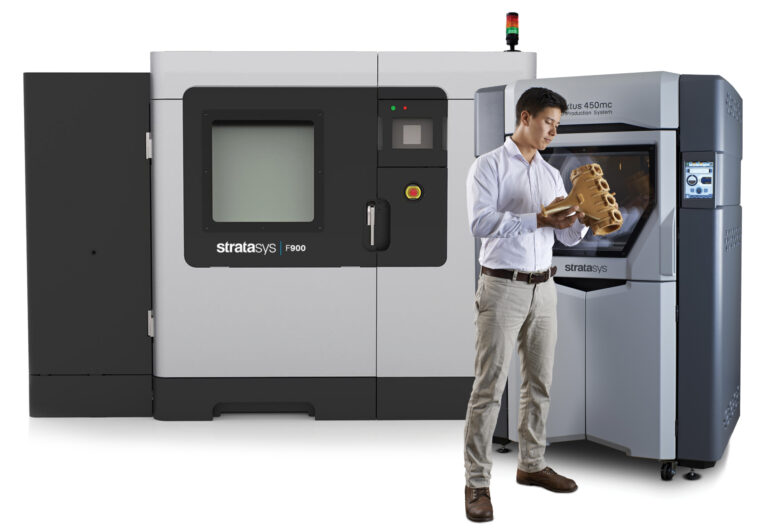
Create end-use part
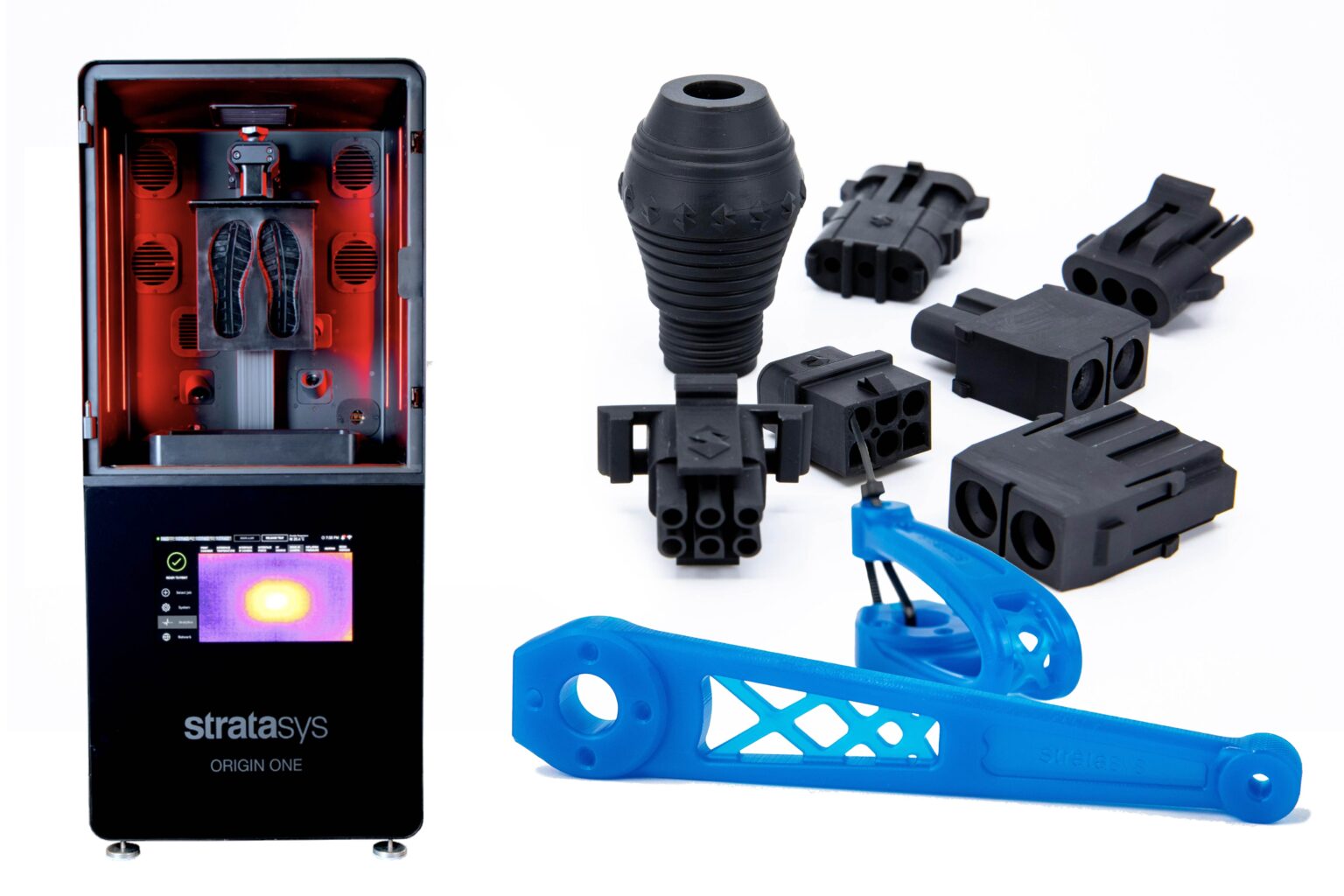
Create multi-material prototypes
